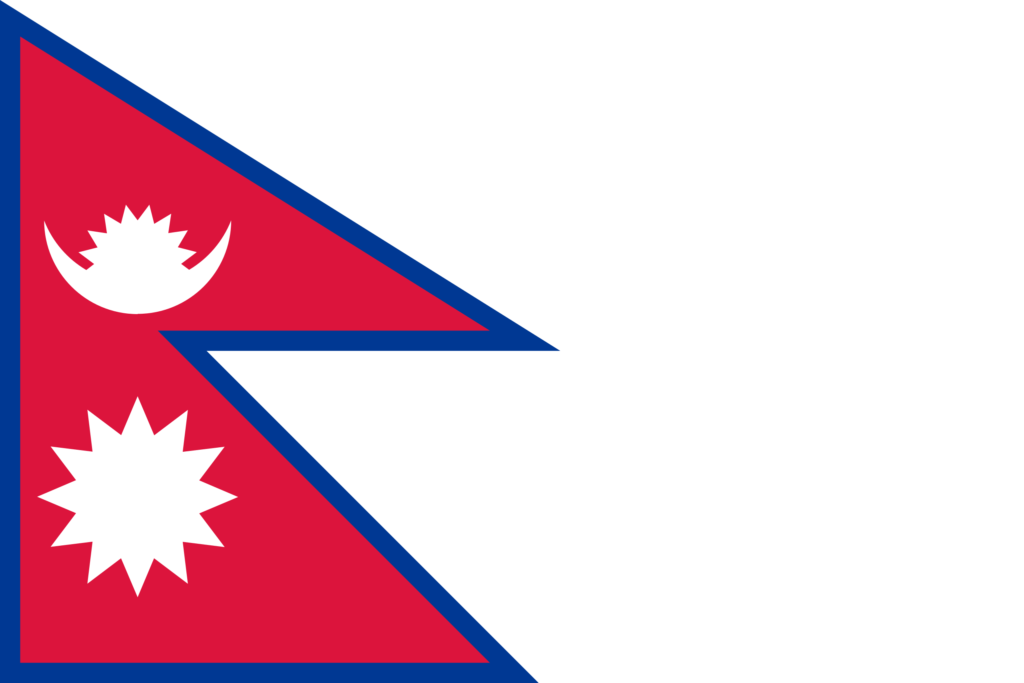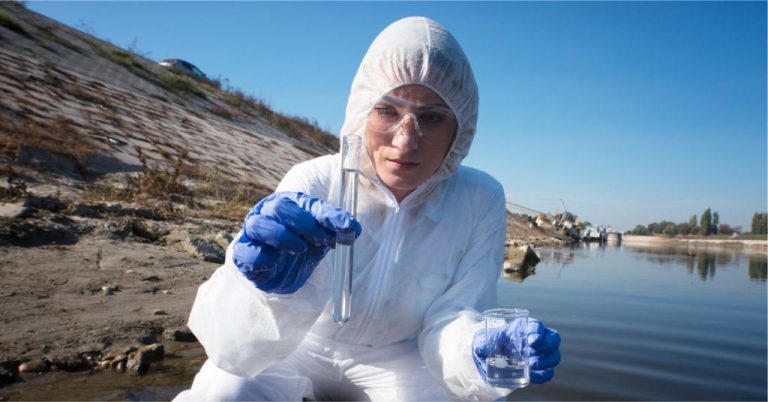Water quality control is a critical aspect of public health, industrial processes, and environmental conservation in Nepal. With increasing urbanization and industrialization, ensuring the quality of water resources has become more challenging. One of the most effective ways to monitor and maintain water quality is through water sampling. This process helps identify contaminants, assess compliance with standards, and guide effective treatment strategies.
This blog delves into the significance of water sampling, the tools and techniques involved, and the importance of adopting proper procedures for chemical analysis and wastewater sampling in Nepal.
What is Water Sampling?
Water sampling is the process of collecting water from a specific source to analyze its physical, chemical, and biological properties. By examining water samples, one can identify pollutants, measure nutrient levels, and ensure the water meets safety and quality standards. Water sampling is essential for maintaining the health of ecosystems, safeguarding public health, and optimizing industrial processes.
Why is Water Sampling Important in Nepal?
Nepal is home to abundant water resources, including rivers, lakes, and groundwater. However, the rapid pace of urbanization, industrial growth, and agricultural activities has led to water pollution. Effective water sampling is vital for:
1. Monitoring Pollution
Sampling water allows authorities and industries to track pollutants, such as heavy metals, chemicals, and organic waste, that affect water bodies.
2. Ensuring Public Health
Contaminated water is a significant cause of waterborne diseases in Nepal. Regular water sampling ensures that drinking water is safe and free from harmful contaminants.
3. Industrial Compliance
Industries are required to meet environmental standards for wastewater discharge. Wastewater sampling ensures compliance with these regulations.
4. Environmental Protection
Water sampling helps monitor the health of aquatic ecosystems, preventing the overloading of pollutants that can harm biodiversity.
Types of Water Sampling
1. Grab Sampling
This involves collecting a single sample at a specific time and location. It is commonly used for quick assessments of water quality.
2. Composite Sampling
Composite sampling involves collecting multiple samples over time and combining them to get a more representative analysis of water quality. This is particularly useful in wastewater sampling.
3. Groundwater Sampling
Groundwater sampling involves extracting water from wells or boreholes to assess its quality and suitability for drinking or irrigation.
4. Surface Water Sampling
This type of sampling focuses on water from rivers, lakes, and reservoirs to monitor pollution and nutrient levels.
5. Wastewater Sampling
Wastewater sampling involves collecting samples from industrial discharge or sewage treatment plants to analyze contaminants and ensure compliance with discharge standards.
Benefits of Effective Water Sampling
1. Improved Public Health
Regular monitoring ensures safe drinking water, reducing the prevalence of waterborne diseases.
2. Enhanced Environmental Protection
Sampling helps identify pollution sources and implement measures to protect aquatic ecosystems.
3. Industrial Efficiency
Water sampling enables industries to optimize water use and ensure compliance with environmental standards.
4. Data-Driven Decisions
Accurate data from water sampling guides policymakers, industries, and communities in making informed decisions about water resource management.
Ion Exchange’s Impact on Sustainable Water Management
Ion Exchange is a global leader in water treatment and purification solutions, playing a pivotal role in conserving water resources and ensuring safe water supplies. The company offers various services, including water sampling and analysis, to help industries, municipalities, and communities monitor and improve water quality.
Water Treatment Solutions
For over six decades, Ion Exchange has delivered an extensive range of advanced water treatment solutions to industries, institutions, municipalities, and communities worldwide. Their solutions cover every stage of water treatment, including clarification, filtration, disinfection, and post-treatment processes, ensuring water meets stringent quality standards for various applications. Their offerings include:
Process Separation and Purification
Ion Exchange has pioneered the innovative application of membrane and ion exchange processes for separation, purification, and concentration needs across industries, including food and beverages, dairy, pharmaceuticals, and chemicals. These technologies have enhanced process fluid separations, improved product quality, and addressed the removal of specific contaminants from groundwater, surface water, and complex wastewater.
Conclusion
Water sampling is a fundamental component of quality control for any industry that relies on water for production or discharge. Through consistent sampling and adherence to proper water sampling procedures for chemical analysis, industries can maintain water quality, ensure regulatory compliance, and protect the environment. By using appropriate water sampling equipment and conducting regular wastewater sampling, organizations demonstrate their commitment to safety and sustainability.


